1. Head Protection: Safety Helmets & Hard Hats (BS EN 397 & BS EN 50365)
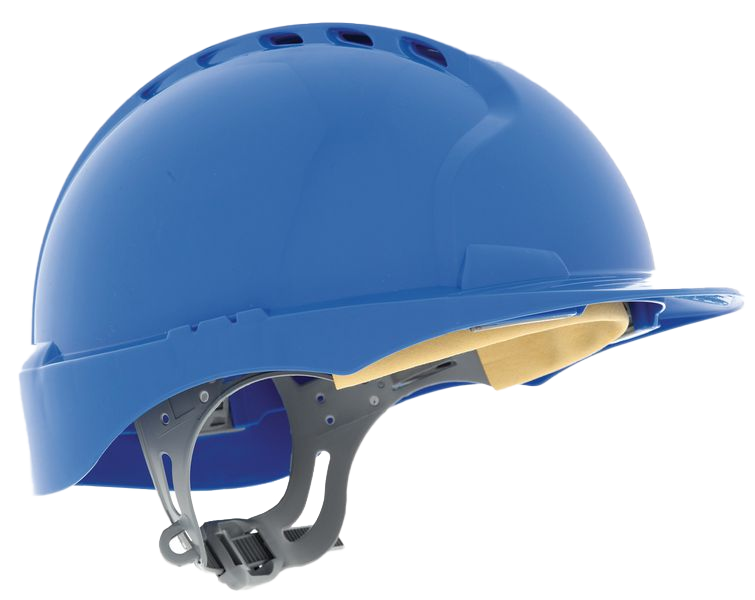
Why Is Head Protection Important?
Construction sites and industrial workplaces present a high risk of head injuries due to falling debris, low-hanging objects, and accidental impacts. Wearing the correct head protection reduces the severity of injuries and ensures compliance with health and safety regulations.
British Standards for Safety Helmets
- BS EN 397:2012+A1:2012 – Specifies impact resistance, penetration resistance, and flame retardance for industrial safety helmets.
- BS EN 50365:2002 – Covers electrically insulating helmets designed for work in low-voltage environments up to 1,000V AC or 1,500V DC.
Types of Safety Helmets
- Standard Hard Hats (BS EN 397) – Designed for general construction, manufacturing, and industry.
- High-Temperature Helmets – Used in environments with extreme heat exposure.
- Electrical Insulating Helmets (BS EN 50365) – Designed for electricians and power distribution work.
Proper Use & Maintenance
- Always wear helmets in designated areas.
- Ensure a secure fit using adjustable straps.
- Inspect for cracks or damage before each use.
- Replace helmets every 5 years or immediately if impacted.
Consequences of Non-Compliance
Failure to wear proper head protection can lead to skull fractures, brain injuries, and serious legal consequences under UK Health & Safety regulations.
2. Foot Protection: Safety Shoes & Boots (BS EN ISO 20345)
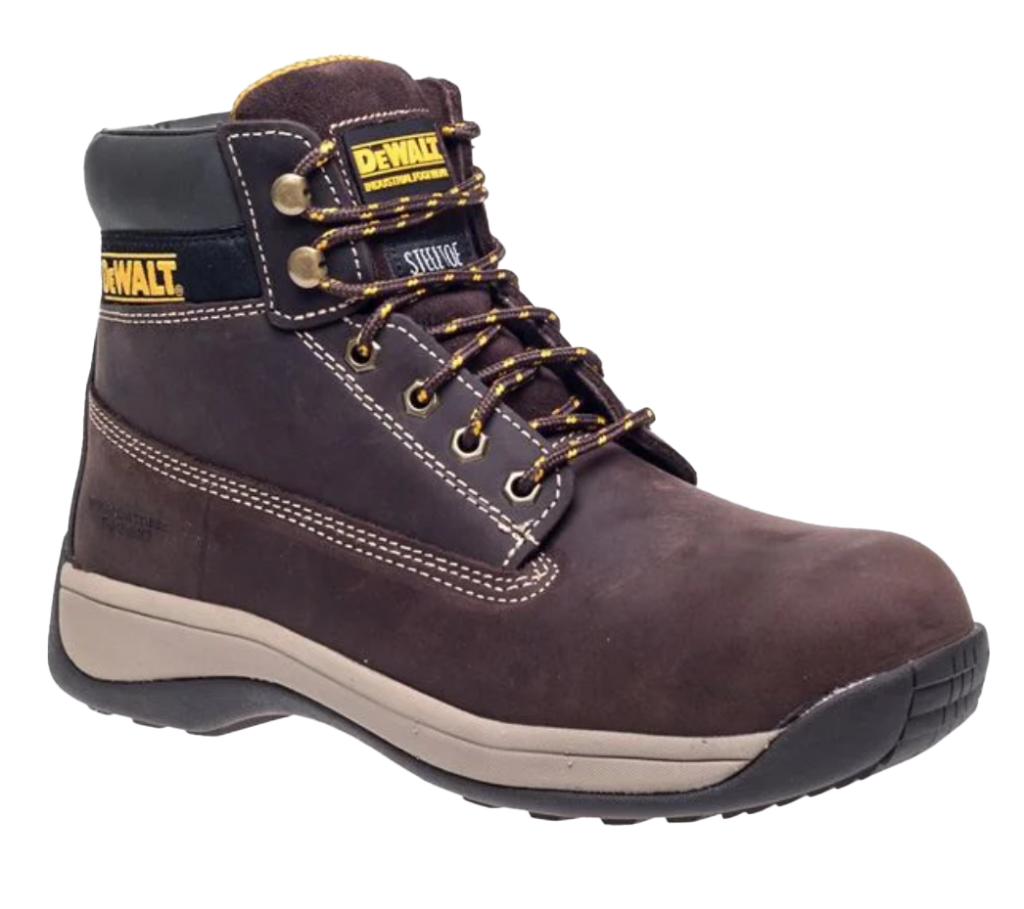
Why Is Foot Protection Essential?
Workplace foot injuries often result from falling objects, heavy loads, slips, punctures, or electrical hazards. Proper safety footwear minimises these risks and ensures compliance with health and safety laws.
British Standards for Safety Footwear
- BS EN ISO 20345:2011 – Requires footwear to have a 200J impact-resistant toe cap, puncture-resistant soles, and slip resistance.
- BS EN 13832-2 – Covers footwear designed for chemical protection.
- BS EN 61340-4-3 – Covers Electrostatic Discharge (ESD) footwear for electronics work.
Types of Safety Footwear
- SB (Basic Protection) – 200J toe cap protection.
- S1 – Anti-static properties, energy absorption, and hydrocarbon resistance.
- S2 – Water-resistant.
- S3 – Puncture-resistant midsoles for construction and heavy-duty work.
- S5 – Fully waterproof with high-impact protection for wet environments.
Maintenance & Best Practices
- Regularly check for signs of wear and damage.
- Clean footwear to maintain grip and performance.
- Choose the right level of protection for specific job risks.
Consequences of Non-Compliance
Improper footwear increases risks of broken bones, chemical exposure, electrocution, and slip-related injuries, violating PPE & Workplace H&S Regulations.
3. Protective Clothing: High-Visibility Vests & Workwear (BS EN ISO 20471)
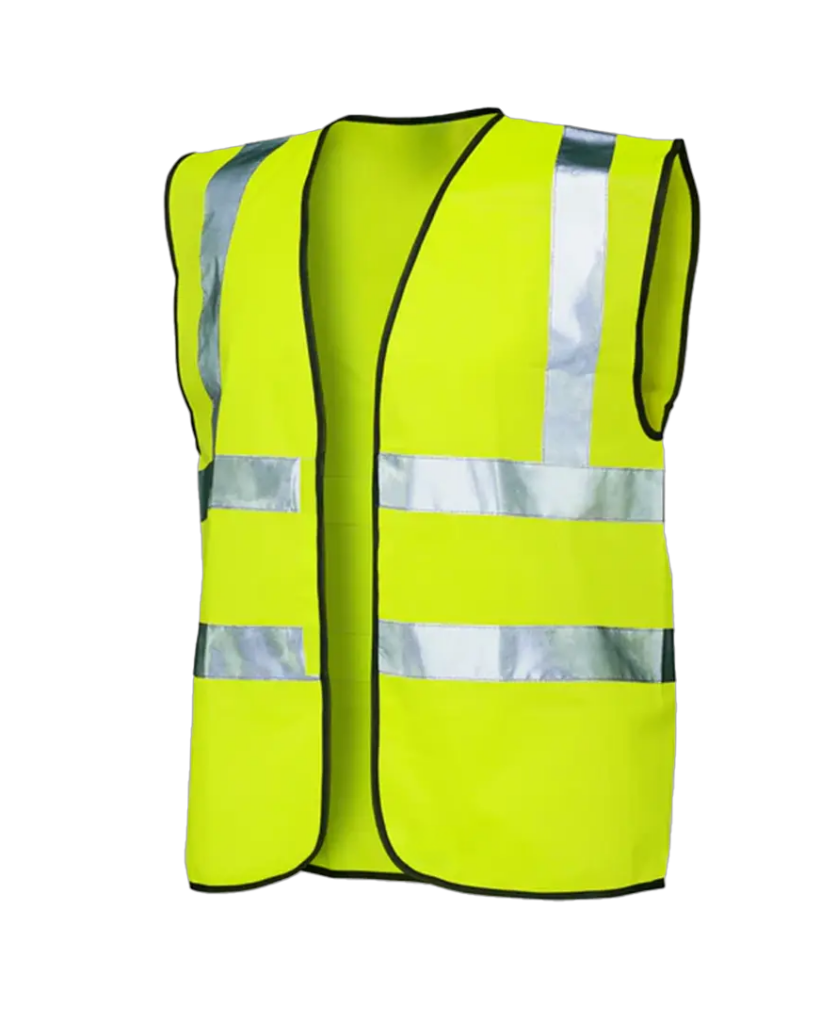
Why Is Protective Clothing Important?
High-visibility (hi-vis) clothing ensures workers are seen clearly in low-light or high-risk environments, preventing accidents caused by moving vehicles, machinery, or low visibility conditions.
British Standards for Protective Clothing
- BS EN ISO 20471:2013 – Defines the visibility and reflectivity requirements for high-vis workwear.
- BS EN 17353:2020 – Covers additional visibility standards for low-risk work environments.
Classifications of High-Vis Clothing
- Class 1 – Minimal protection (e.g., waistcoats for low-traffic areas).
- Class 2 – Intermediate protection (e.g., high-vis jackets and trousers).
- Class 3 – Maximum protection (e.g., full-body high-vis suits with sleeves and trousers).
Best Practices for High-Vis Clothing
- Wear in designated areas, especially near traffic or moving equipment.
- Ensure proper fit to avoid snagging risks.
- Keep clean to maintain visibility effectiveness.
The Risks of Non-Compliance
Workers not wearing high-vis clothing risk being struck by vehicles or machinery, violating Health & Safety Executive (HSE) PPE regulations.
4. Eye & Face Protection: Safety Glasses & Face Shields (BS EN 166)
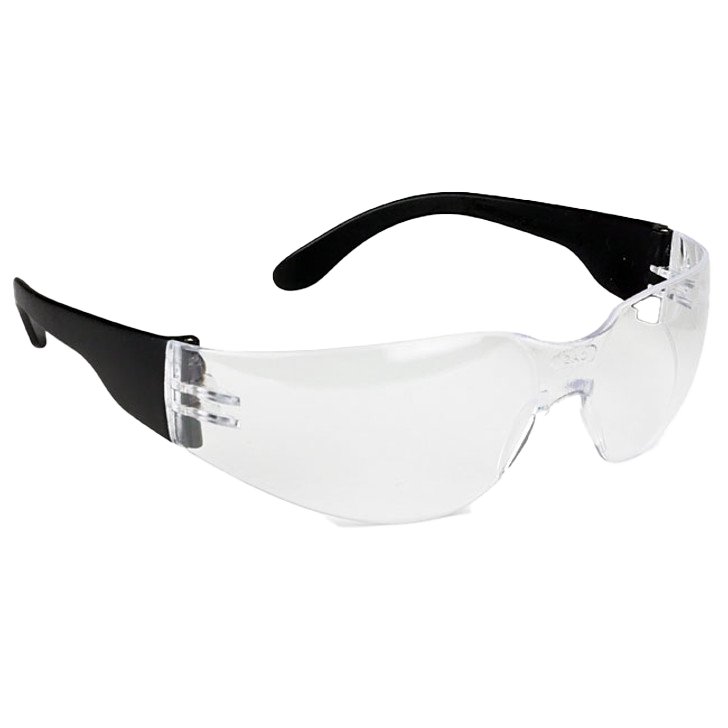
Why Is Eye & Face Protection Critical?
Thousands of workplace injuries occur each year due to flying debris, hazardous chemicals, intense light exposure, and improper tool use. Proper eye protection can prevent permanent vision loss.
British Standards for Eye Protection
- BS EN 166:2002 – Defines impact resistance, UV protection, and chemical resistance for safety glasses, goggles, and face shields.
Types of Eye Protection
- Safety Glasses – Low-impact protection against dust and minor debris.
- Goggles – Full-seal protection for liquids, chemicals, and dust.
- Face Shields – High-impact and full-face protection for grinding, cutting, and chemical handling.
Best Practices for Eye Protection
- Always wear the correct type of eye protection for the task.
- Keep lenses clean and scratch-free.
- Ensure proper fit for maximum protection.
The Risk of Not Wearing Eye Protection
Ignoring eye protection can lead to permanent vision loss, chemical burns, and legal liability under UK safety regulations.
5. Hand Protection: Safety Gloves (BS EN 388 & BS EN 374)
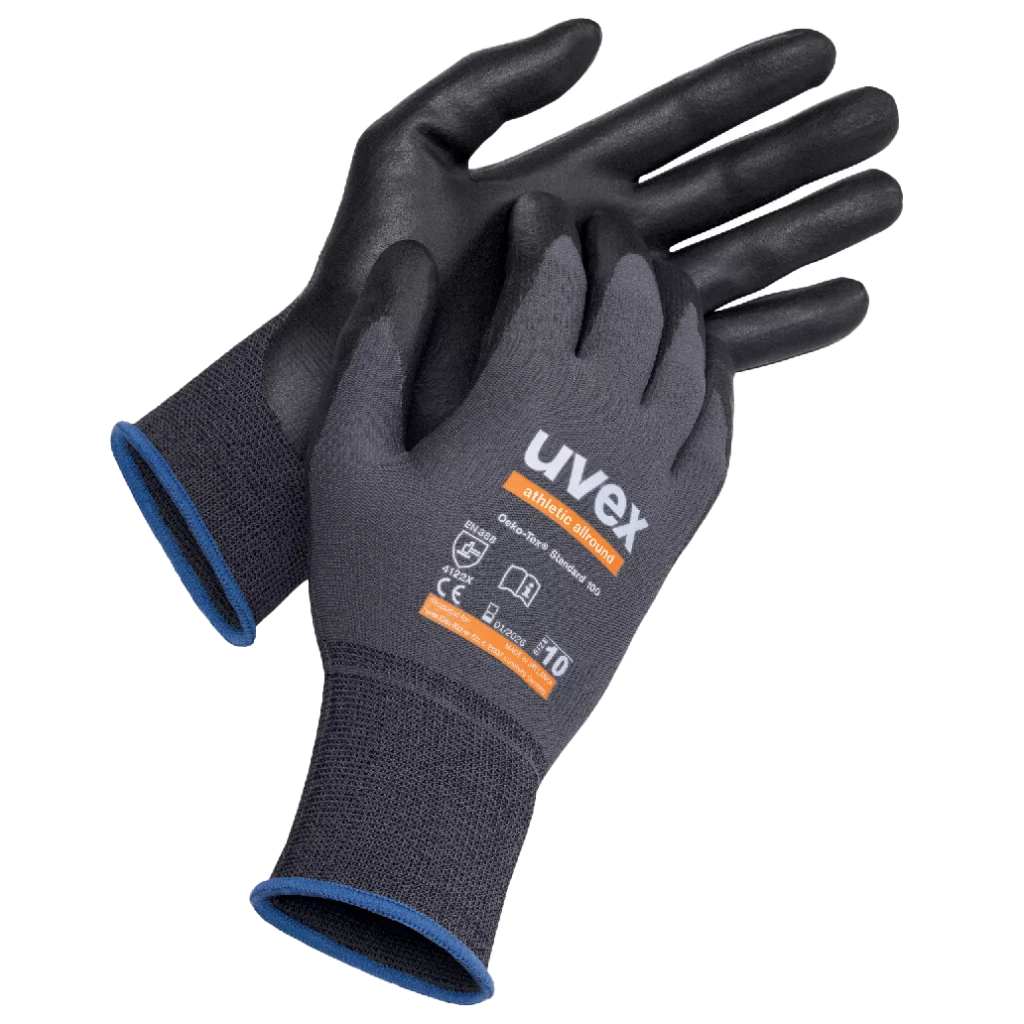
Why Are Safety Gloves Necessary?
Hands are the most frequently injured body part due to cuts, burns, abrasions, chemical exposure, and vibration.
British Standards for Protective Gloves
- BS EN 388:2016+A1:2018 – Covers gloves for abrasion, cut, tear, and puncture resistance.
- BS EN 374:2016 – Defines chemical-resistant gloves.
- BS EN 420:2003+A1:2009 – Specifies glove fit, dexterity, and sizing.
Choosing the Right Gloves
- Cut-Resistant Gloves (BS EN 388) – Rated A-F, with F offering the highest protection.
- Chemical-Resistant Gloves (BS EN 374) – Protect against hazardous substances.
- Heat-Resistant Gloves (BS EN 407) – For welding and molten metal handling.
Ignoring Hand Protection Leads to Serious Risks
Not using the correct gloves violates PPE regulations, putting workers at risk of severe burns, deep lacerations, toxic exposure, and vibration-induced nerve damage.
6. Hearing Protection: Earplugs & Earmuffs (BS EN 352)
Why Is Hearing Protection Important?
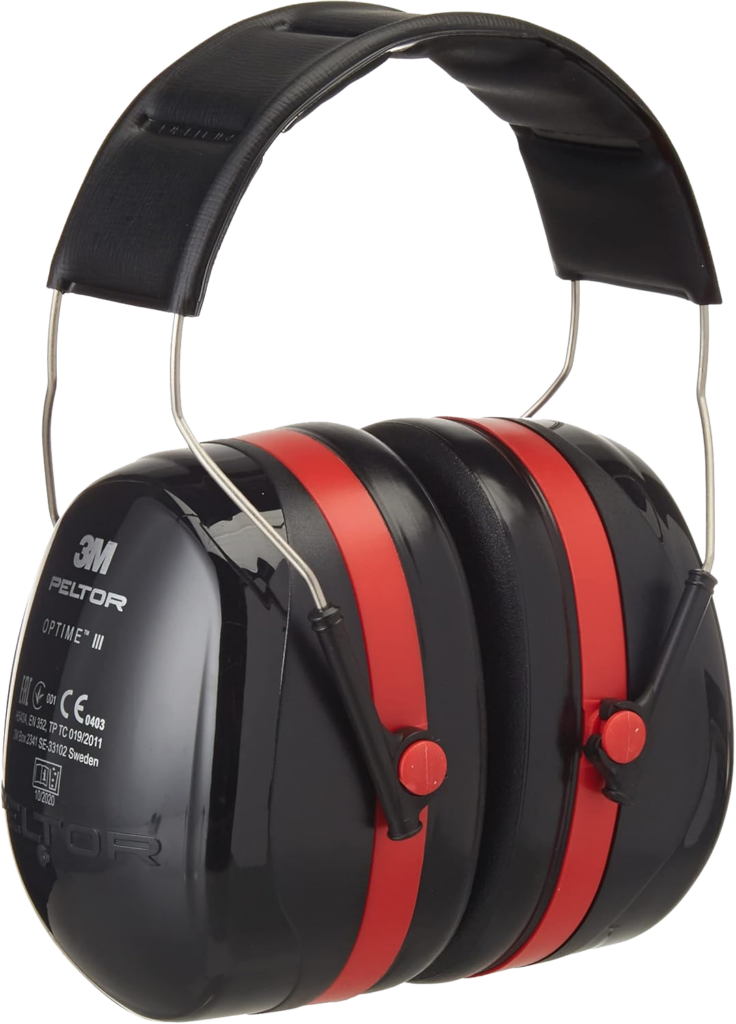
Prolonged exposure to noise above 85 dB can cause permanent hearing damage.
British Standards for Hearing Protection
- BS EN 352-1:2002 – Covers hearing protection earmuffs.
- BS EN 352-2:2002 – Covers earplugs.
- BS EN 458:2016 – Guidelines for selecting hearing protectors.
Types of Hearing Protection
- Earplugs – Best for constant noise environments.
- Earmuffs – More protective in high-decibel workplaces.
Risks of Not Wearing Hearing Protection
Exposure to excessive noise causes irreversible hearing loss and tinnitus.
Safety Isn’t Optional – It’s a Responsibility!
Using the correct PPE in compliance with British Standards saves lives and ensures workplace safety.
Disclaimer:
The information provided on this site is for general informational purposes only and may not reflect the most current regulations or standards. Legislation, industry guidelines, and best practices can change over time, and it is the user’s responsibility to research and ensure compliance with the latest requirements for their specific situation. Always consult a qualified professional for advice tailored to your project or application.
